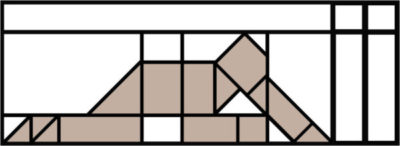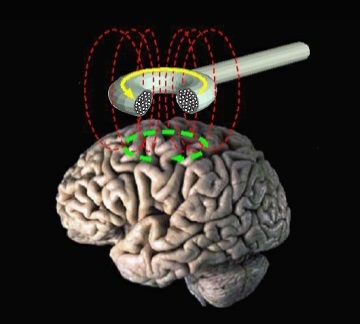Transcranial magnetic stimulation (TMS) has been a thing in depression treatment for awhile now.
Often, a very, very effective thing.
Now a brand new clinical trial, published in Nature Medicine, shows that TMS can be even more effective when the stimulation is guided by an MRI, in real-time.
In other words, researchers in the UK used an MRI to guide and deliver the TMS, in real-time. Which, theoretically, would help doctors target the area of the brain most in need of the stimulation.
Well, the results were great.
And really great for the participants, because they were suffering from treatment-resistant depression.
On average, over 66% of patients found improvement in symptoms for a full 5-6 months after the treatment.
Meanwhile, 30% showed a 50% improvement.
And a whopping 20% went into complete remission.
TMS has shown itself awfully useful (at a doctor’s suggestion and prescription) in past studies, but this trial suggests that patients with MRI-directed TMS might achieve longer-lasting relief than historically seen with TMS, sans the MRI.
In other words, MRI-directed TMS might be a rather significant leap forward in TMS treatment.
That’s great news for everyone, including those with treatment-resistant depression.
However, my hunch is that it may be while before insurance companies are willing to cough up the coverage for this — especially until more studies suggest similarly impressive outcomes to this method of delivery.
But, this is a good sign of progress…
And… another reminder that treatment-resistant depression is, most definitely, not a spiritual issue.
Find a psychiatrist here.
Find a therapist here.
If you’re having thoughts of harming yourself or others, please call the National Suicide Lifeline at 1-800-273-8255.
[Photo: Public Domain].

